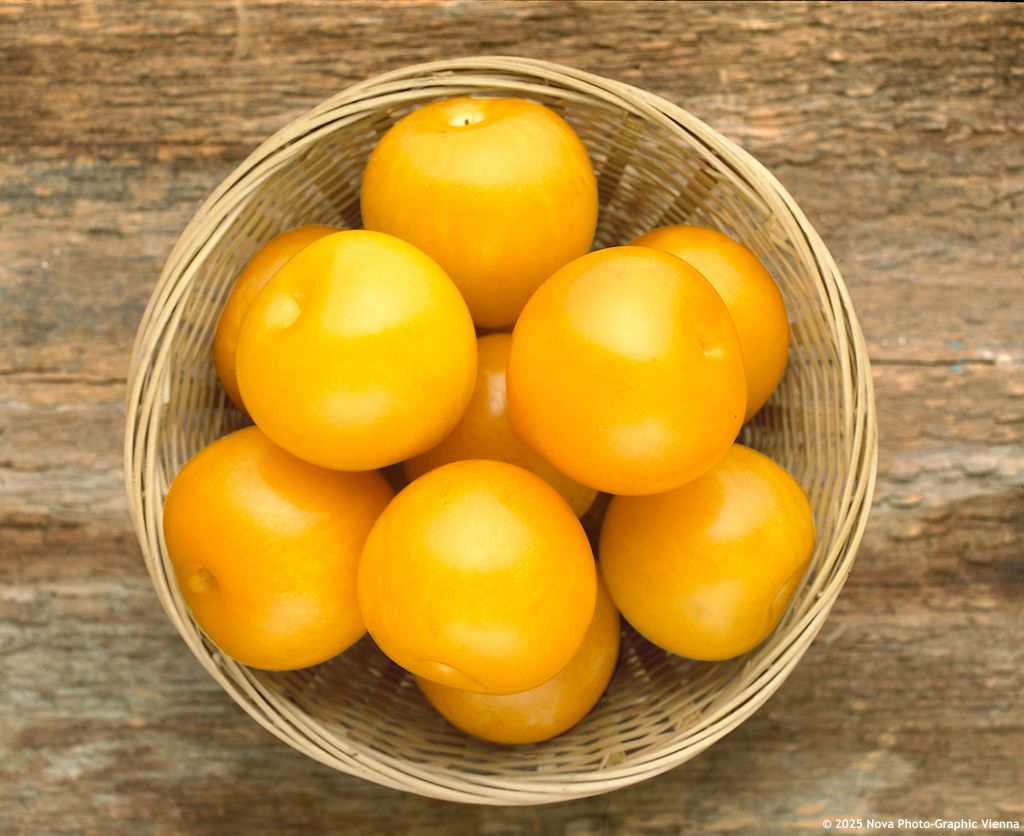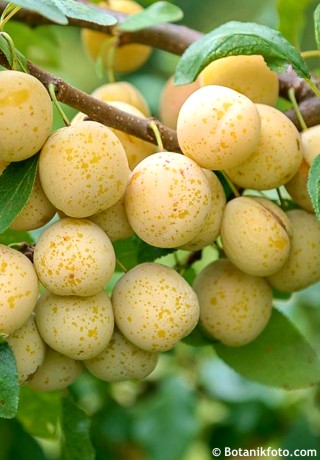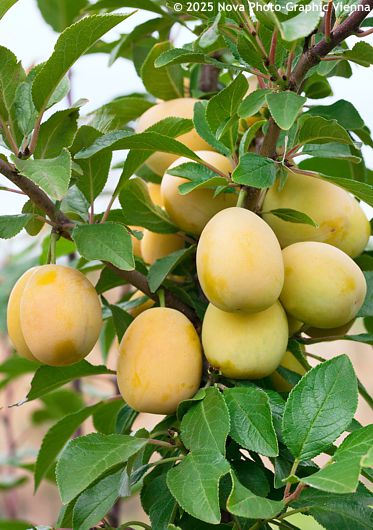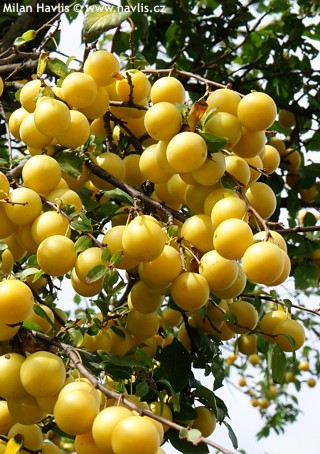Prunus salicina 'SHIRO' Japanese plum
Prunus
Japanese Plum (Prunus salicina) is a fruit species that only arrived in Europe during the 20th century, although its origins trace deep into Asian history. It comes from the region between China and Korea, where it was cultivated more than two thousand years ago. It spread to Japan as a cultivated crop, and it was there that it received its name – “salicina” refers to its willow-like leaves. Botanically, it belongs to the genus Prunus, just like European plums, apricots, or cherries, but it differs from its European relatives not only in appearance but also in taste and fruit texture. It is characterized by rapid growth, early flowering, and round, often very juicy fruits that ripen in the first half of summer.
Its breeding was notably influenced by American botanist Luther Burbank (1849–1926), who, at the turn of the 19th and 20th centuries, developed dozens of hybrid cultivars by crossing it with other Prunus species. His goal was to improve flavour, fruit size, disease resistance, and shelf life, laying the foundation for modern commercial plum cultivation worldwide. In Japan, this plum known as ume holds deep symbolic meaning. Its blossoms, which appear in the winter months, represent strength, renewal, and new beginnings. Traditionally, it has been a motif in poetry, visual arts, and seasonal celebrations – before cherry blossoms became iconic, plum trees were the centrepiece of spring hanami. The fruits of the original species were small and intensely sour, ideal for making umeboshi (pickled plums) or umeshu (plum wine), while modern cultivars are larger, juicy, and pleasantly sweet, intended primarily for fresh consumption. The plum thus bridges the worlds of plant breeding, aesthetics, philosophy, and everyday life in Japanese society.
Shiro is a Japanese plum variety producing large, round fruits with smooth, golden-yellow skin that may have a slight red blush on the sun-exposed side. The flesh is light yellow, very juicy, soft, and sweet, with a sugar content of around 16–18 °Brix. The flavour is mild and honey-like, without pronounced acidity, making it ideal for fresh consumption – especially for children or sensitive eaters. The aroma is subtle, reminiscent of a blend of apple and apricot. In Central European conditions, the fruits usually ripen between July 10 and 20, making it one of the earliest plums. Ripeness is indicated by a slight softening of the fruit and a golden sheen on the skin. Due to the thin skin, the fruits are prone to bruising, so they should be harvested by hand and consumed as soon as possible after picking. They are also suitable for compotes, fruit salads, or as a sweet contrast to cheeses.
The tree grows moderately vigorously, forming a spreading, slightly weeping crown and reaching a height of about 3 meters. In the first years, it is advisable to tie it to a stake, as young shoots are soft and sensitive to wind. It blooms very early – often by the end of March – with light pink flowers that are self-fertile, although the presence of other varieties (e.g., Santa Rosa or Methley) can increase fruit set. It is mostly grafted onto the Citation rootstock, which ensures semi-compact growth, early fruiting, and good adaptation to wetter soils. In heavier or drier soils, the Myrobalan rootstock has proven effective, although it requires regular removal of suckers, and St. Julien A is also commonly used in Europe.
Japanese plum is not demanding to grow. It thrives best in a sunny location protected from strong winds, especially in the first years after planting. The soil should be loamy to sandy-loamy and well-drained; in heavier soils, drainage or elevation of the planting site is necessary. The tree requires regular watering, especially during fruit development, but does not tolerate persistently waterlogged soil. Fertilization is best done in spring and early summer – ideally with organic fertilizer high in potassium. Its hardiness ranges between -27 to -29 °C. In containers of at least 50 litres, it bears reliably if regularly watered and fertilized. The tree is not prone to diseases, but in rainy years it may be sensitive to monilial fruit rot – prevention includes an airy crown and timely harvesting.
Last update 20-10-2025
Goods are shipped all over Europe. For Russia and U.K. and for further details please read about SHIPPING OPTIONS HERE.
Are you interested in a serious discount for orders NOV-FEB? Check your options here.
THE PRICES INCLUDE VAT of 15%. For quick conversion you can use 1 CZK = approx. 0.04 EUR
- STANDARD QUALITY - Plants of this group are 1st class quality with number of branches and overall density adequate to their size and age, considering they were container grown.
- DE LUXE QUALITY - This label guarantees a luxurious quality of manually selected plants that, compared to their height and age, are exceptionally dense and beautiful.
- EXTRA - These plants are usually mature and bigger specimens with exceptional overall appearance.
- STANDARD (as described in the plant form) means a tree with a trunk of 190-210 cm and a crown at the top, unless specified differently. The commercial size for trees is their girth measured in the height of 1m from ground.
- HOBBY - These plants are of the same quality as our standard-quality plants but younger and therefore cheaper.
- SHRUB - a woody plant with branches growing bushy from the ground level.
- HALF-STANDARD or MINI-STANDARD - a small tree with shorter trunk, its size is usually specified.
- FEATHERED - These are trees with branches growing already from the base of the trunk and up along the stem.
- GRASSES and PERENNIALS - Sizes given usually read the diameter of the pot or the clump, as specified.






























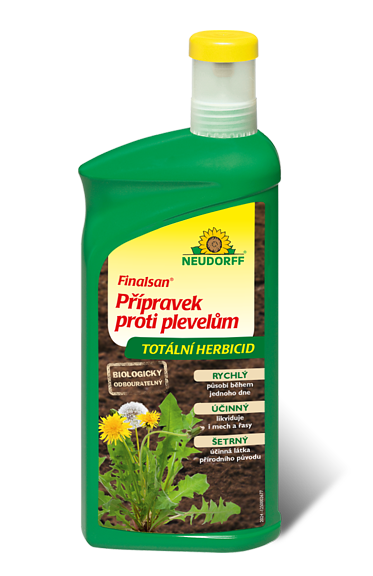


.jpg)
